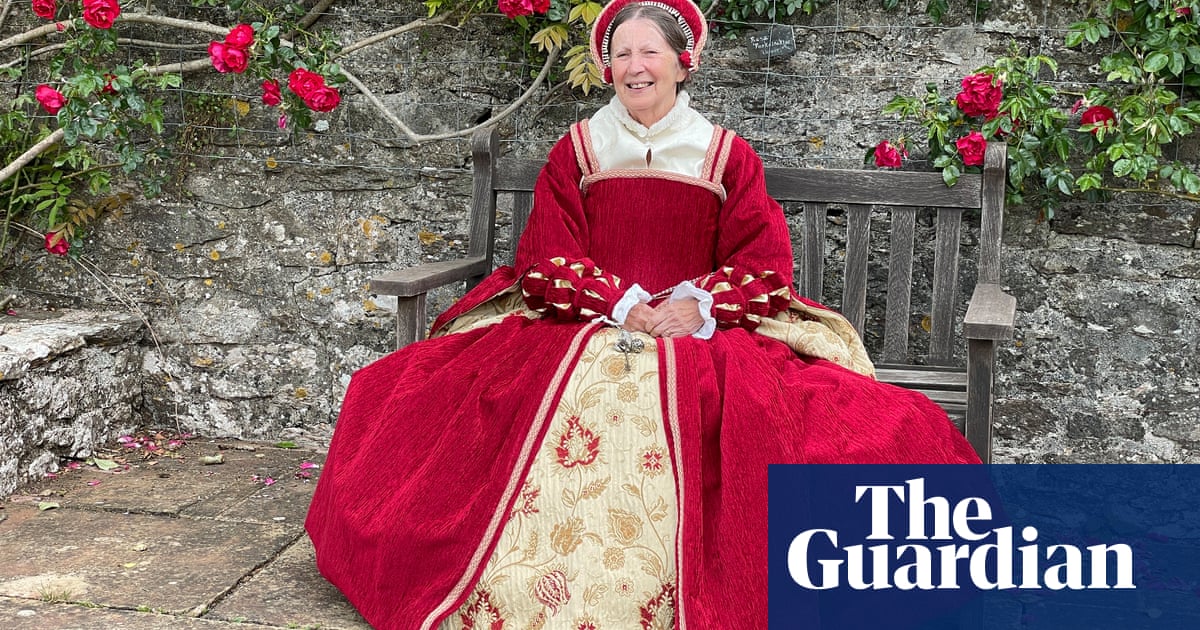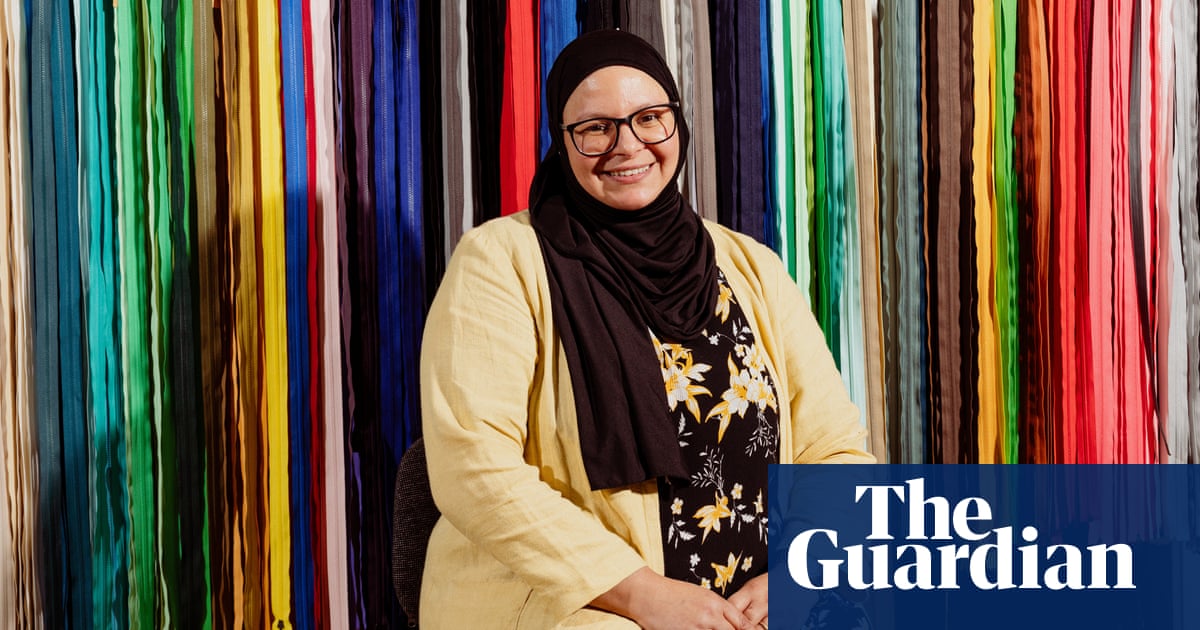
t the start of this year, the stage designer Ti Green was working on a production about a 19th-century physician who advocated the life-saving benefits of hand washing. Doctor Semmelweis, starring Mark Rylance, had a story with uncanny resonance but like the other projects Green had planned for 2020, it was put on hold. “I was working on four shows, all of which haven’t opened,” she says. “I had a year’s work go up in smoke overnight.”
Green’s sets and costumes have been seen at theatres including the Globe and the National Theatre, and in the West End and on Broadway (where she picked up two Tony award nominations for her design for Coram Boy). Her relationship with Bristol Old Vic stretches back to the start of her career more than 20 years ago and includes her jaw-dropping set for the mountaineering drama Touching the Void in 2018. Instead of a predictable snowscape or climbing wall, Green used a huge, three-dimensional kinetic structure made of welded metal to represent Siula Grande mountain in the production. “It is an auditorium like no other,” she says of Bristol Old Vic. “The walls are humming with the feeling and festivities of 250 years of theatregoing.”
During lockdown, Green decided to use the period of sudden unemployment to develop another project she was passionate about – sustainable fashion. “I needed to generate an income – and to keep making something, because that’s what keeps me happy,” she says. In September, she launched the fashion label Article Green, with elegant, quietly theatrical pieces using sustainable fabrics – natural textiles, grown using environmentally sustainable methods – that Green makes to order in her Bristol studio.
The new collection which has just launched is inspired by the Old Vic and the red and green of the auditorium, which she has “ramped up in terms of colour to watermelon and viridian.” Ten per cent of sales will go towards the theatre’s commissioning fund, set up by artistic director Tom Morris to raise money for freelancers so they can keep producing new work while the theatres are closed.
Green hopes that as orders come in, she will also be able to give some dressmaking opportunities to Bristol Costume Services, a vital resource in the theatre and film community that has seen most of its work evaporate during lockdown. “They have huge overheads, a large workroom, and a team of underemployed costume-makers,” she says.
Green had been thinking about starting a sustainable clothing label for years, but could never find the time in between productions. She began making a few things for herself, only to find people in the rehearsal room asking to buy them.
Describing her fashion pieces as “everyday costume”, Green says there is an element of performance involved in getting dressed whether you are on stage or not. “When I’m designing for myself I’m not designing to go on stage, I’m designing for my everyday life, but particularly in my working life it’s important for me to feel confident in my abilities and in my thoughts, and the idea of a costume helps with that.”
“Because of my job I’m hyper-aware that clothes read as a language,” she says. “They are vocabulary for expressing yourself.”
Having spent her career thinking about how to convey character through clothes, she knows how cut and fabric influence the way we behave in our clothes. “When you design something for an actor to wear on stage you have to simultaneously think about what the visual effect is going to be and what the experience for that actor is going to be of wearing that garment,” she says. “How will the experience of wearing it affect how they feel, the way in which they embody their character?”
The floral, strapless neon gown Green designed for Ncuti Gatwa’s Mercutio to wear to the ball in a 2014 Manchester production of Romeo and Juliet gave the audience a vision of a young man desperate to break boundaries, while the experience for Gatwa of wearing it provided “a sensory route into the physical liberties of youthful bravado and sexuality,” says Green. For Suranne Jones in Orlando, at Manchester’s Royal Exchange in 2014, Green’s costumes communicated the century and gender the character inhabited at the same time as giving Jones a physical sense of the freedom of an Elizabethan man or the constraints placed on an 18th-century woman.
Her set designs often manage to distil a play’s theme into a strong, simple motif. A gigantic wall of speakers was used as the backdrop for Haile Selassie’s court in The Emperor (at London’s Young Vic in 2016). Glinting rail tracks were sunk into the stage of Sheffield’s Crucible in 2015 for Playing for Time, Arthur Miller’s play about the women’s orchestra at Auschwitz-Birkenau.
Green’s clothing designs have a strong sense of identity, too. She has an eye for bold colours and shapes. Years spent dressing actors of all shapes and sizes means she understands proportion, detail and the importance of being able to move freely. “The styles are to do with what works well on me and most people I know,” she says about her designs. “They work well on people with real bodies, not models.”
In fact, to model the new range she asked to borrow the real bodies of her friends, actors Amanda Lawrence and Saskia Portway and the choreographer Lea Anderson, who were photographed inside the auditorium and on stage at the Bristol Old Vic wearing the clothes. Being inside the theatre after so long turned out to be bittersweet moment. “They were all so happy just to be in a group of performers in an auditorium,” Green says. “It was a little heartbreaking, but also wonderful to be back there and know it was waiting for us.”
More about Article Green.












